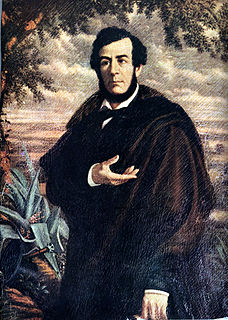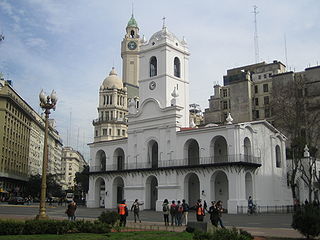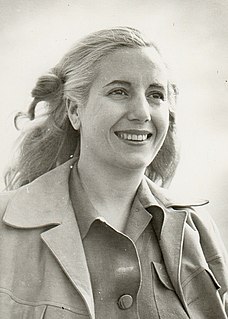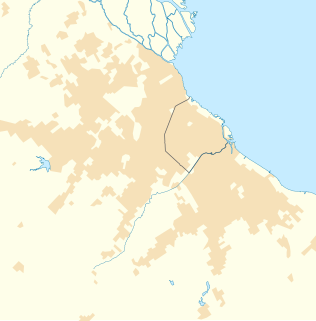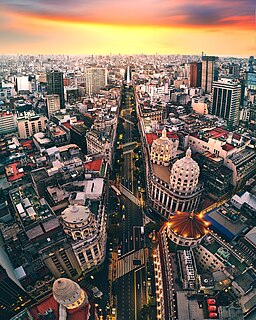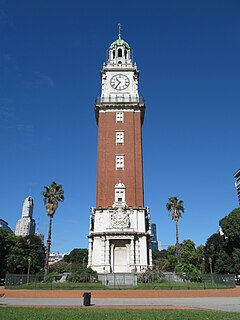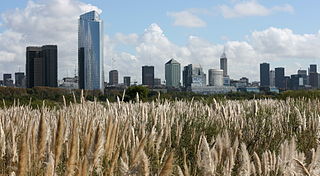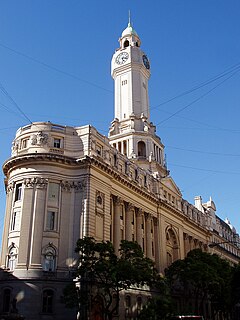
The Palacio de la Legislatura de la Ciudad de Buenos Aires (English: Palace of the Buenos Aires City Legislature) houses the Government of the City of Buenos Aires, Argentina. It is an architectural landmark in the city's Montserrat district, situated in a triangular block bounded by the streets Calle Hipólito Yrigoyen, Avenida Presidente Julio Argentino Roca and Calle Perú. [1] [2] Built of grey granite, it has a Neoclassical design. [3] The building is open to the public on week-days only. [1] The building contains the Esteban Echeverría Library, Salon Rosado (also known as the Salon Eva Perón), and a carillon which, when it was installed in 1930, was the largest in South America.

Buenos Aires is the capital and largest city of Argentina. The city is located on the western shore of the estuary of the Río de la Plata, on the South American continent's southeastern coast. "Buenos Aires" can be translated as "fair winds" or "good airs", but the former was the meaning intended by the founders in the 16th century, by the use of the original name "Real de Nuestra Señora Santa María del Buen Ayre". The Greater Buenos Aires conurbation, which also includes several Buenos Aires Province districts, constitutes the fourth-most populous metropolitan area in the Americas, with a population of around 15.6 million.

Argentina, officially the Argentine Republic, is a country located mostly in the southern half of South America. Sharing the bulk of the Southern Cone with Chile to the west, the country is also bordered by Bolivia and Paraguay to the north, Brazil to the northeast, Uruguay and the South Atlantic Ocean to the east, and the Drake Passage to the south. With a mainland area of 2,780,400 km2 (1,073,500 sq mi), Argentina is the eighth-largest country in the world, the fourth largest in the Americas, and the largest Spanish-speaking nation. The sovereign state is subdivided into twenty-three provinces and one autonomous city, Buenos Aires, which is the federal capital of the nation as decided by Congress. The provinces and the capital have their own constitutions, but exist under a federal system. Argentina claims sovereignty over part of Antarctica, the Falkland Islands, and South Georgia and the South Sandwich Islands.

Avenida Presidente Julio Argentino Roca better known as Diagonal Sur, is an important avenue in the Monserrat neighborhood of Buenos Aires, Argentina. It is oriented north-east/south-west, diagonally bisecting the city blocks (manzanas) which give the city centre a checkerboard plan. It is named after President Julio Argentino Roca, who held power from 1880 to 1886, and from 1896 to 1904.







